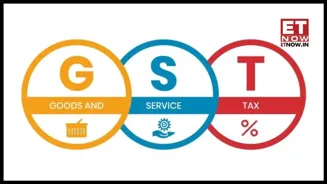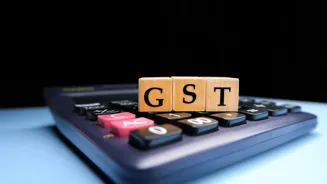With the new regime offering lower slab rates but no
The breakeven point
According to Shefali Mundra, CA and tax expert at ClearTax, for individuals earning around ₹13.5 lakh annually in FY26, the tipping point comes at deductions worth ₹5.5–6.5 lakh.
Crossing this threshold ensures the old regime’s benefits outweigh the new regime’s lower rates, she explained.
For
CA Niyati Shah, Vertical Head – Personal Tax at 1 Finance, said the ₹4 lakh mark often serves as a pivot point for higher-income earners.
“If your total claims under Sections 80C, 80D, HRA, home loan, and other deductions exceed
She also added that even lower-income earners with deductions as low as ₹2 lakh might still find the old regime advantageous in some cases, despite the new regime’s lower slab rates.
Why calculation matters every year
Experts caution that choosing a regime should not be a matter of habit.
“The smartest approach is not to choose by default, but by calculation. A side-by-side computation each year ensures you’re maximising what you take home,”
With income levels and eligible deductions changing over time, the most beneficial regime can shift.
The government has been nudging taxpayers towards the new regime by offering simplified slabs and making it the default choice from FY25–26.
However, for salaried individuals with significant deductions, and particularly those with housing loans or heavy Section 80C and 80D investments, the old regime may still offer superior savings.
The new regime may work better for those with minimal
Each taxpayer must run the numbers annually to avoid leaving money on the table, experts say.
ALSO READ | GST rate cut likely: Stocks that could be the potential beneficiaries of new reforms














